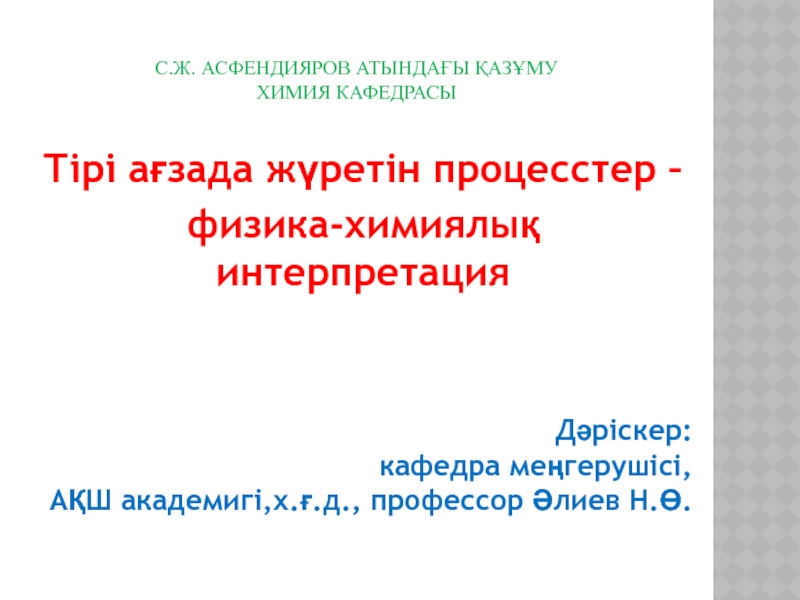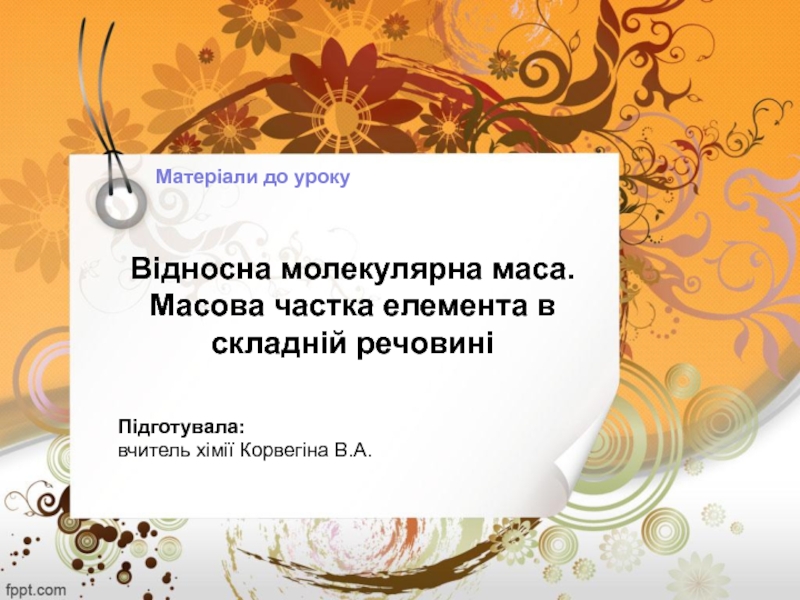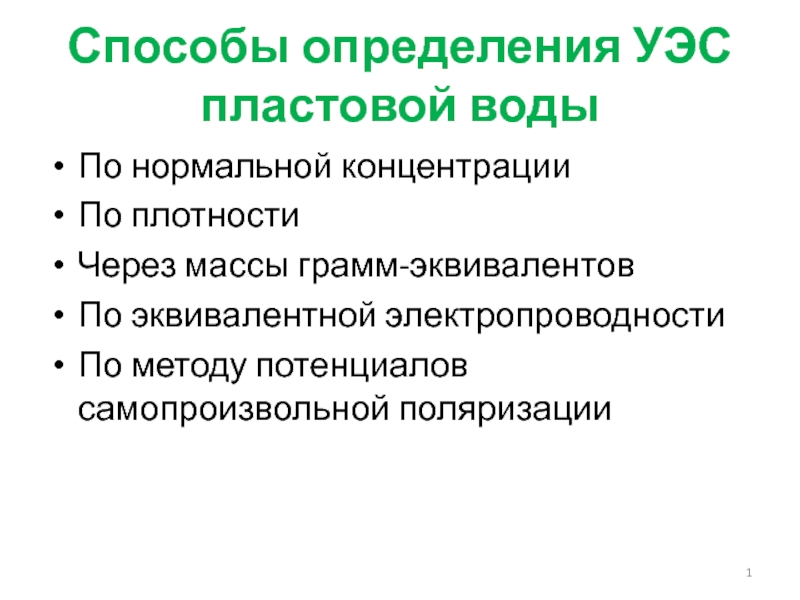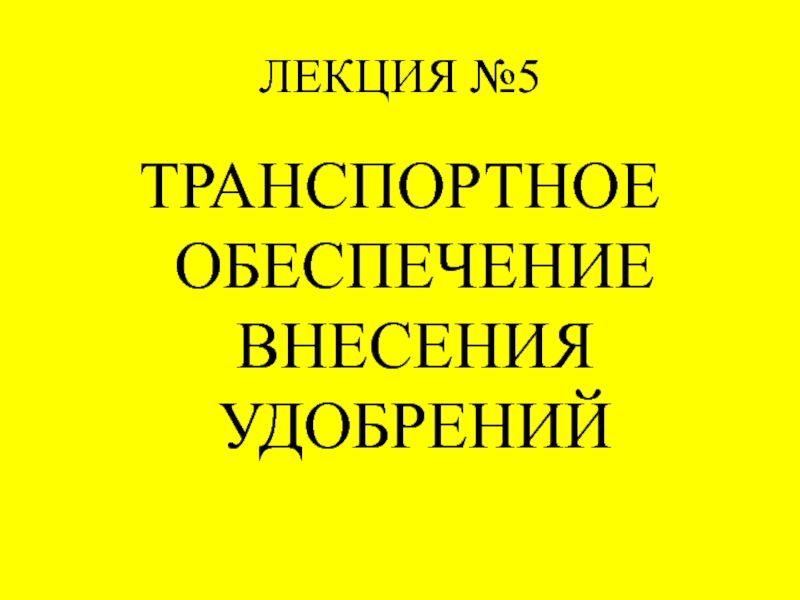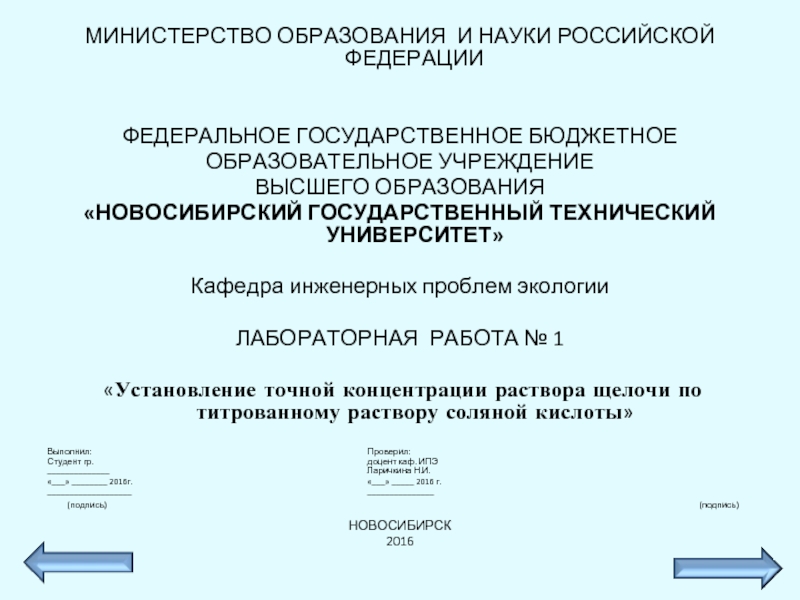- Главная
- Разное
- Дизайн
- Бизнес и предпринимательство
- Аналитика
- Образование
- Развлечения
- Красота и здоровье
- Финансы
- Государство
- Путешествия
- Спорт
- Недвижимость
- Армия
- Графика
- Культурология
- Еда и кулинария
- Лингвистика
- Английский язык
- Астрономия
- Алгебра
- Биология
- География
- Детские презентации
- Информатика
- История
- Литература
- Маркетинг
- Математика
- Медицина
- Менеджмент
- Музыка
- МХК
- Немецкий язык
- ОБЖ
- Обществознание
- Окружающий мир
- Педагогика
- Русский язык
- Технология
- Физика
- Философия
- Химия
- Шаблоны, картинки для презентаций
- Экология
- Экономика
- Юриспруденция
Uses of chlorine and its compounds презентация
Содержание
- 1. Uses of chlorine and its compounds
- 2. LEARNING OBJECTIVES 11.2.1.12 know how chlorine water
- 3. SUCCESS CRITERIA - justifies the use
- 4. Disproportionation The element chlorine (Cl2,
- 5. Chlorine in cold alkali (15 °C) Cl2(aq)
- 6. Chlorine in hot alkali (70 °C)
- 7. USES OF THE HALOGENS AND THEIR COMPOUNDS
- 8. Bleach Bleach is an equal
Слайд 2LEARNING OBJECTIVES
11.2.1.12 know how chlorine water is formed and the reactions
of chlorine with aqueous sodium hydroxide
11.2.1.13 understand the use of chlorine as a water treatment and understand the balance of risks and benefits in this process
11.2.1.13 understand the use of chlorine as a water treatment and understand the balance of risks and benefits in this process
Слайд 3SUCCESS CRITERIA
- justifies the use of chlorine for water purification
(drinking water, pool water)
- considers the formation of substances with chlorinated water and their effect on humans
- considers the advantages and disadvantages of chlorination of water
- considers the harmful effects of unchlorinated water
- considers the formation of substances with chlorinated water and their effect on humans
- considers the advantages and disadvantages of chlorination of water
- considers the harmful effects of unchlorinated water
Слайд 4
Disproportionation
The element chlorine (Cl2, oxidation number=0) undergoes a type of
redox reaction called disproportionation when it reacts with alkali.
Disproportionation can be thought of as a ‘self reduction/oxidation’ reaction.
When chlorine reacts with dilute alkali some chlorine atoms are reduced and some are oxidised in the same reaction.
The actual reaction that takes place depends on the temperature.
Disproportionation can be thought of as a ‘self reduction/oxidation’ reaction.
When chlorine reacts with dilute alkali some chlorine atoms are reduced and some are oxidised in the same reaction.
The actual reaction that takes place depends on the temperature.
Слайд 5Chlorine in cold alkali (15 °C)
Cl2(aq) + 2NaOH(aq) → NaCl(aq) +
NaClO(aq) + H2O(l)
sodium chlorate(I)
The ionic equation for the reaction is:
Cl2(aq) + 2OH−(aq) → Cl−(aq) + ClO−(aq) + H2O(l)
0 −1 +1
oxidation number of Cl
The ionic equation for this redox reaction can be split into two half-equations, showing the reduction and oxidation.
The reduction reaction (in which chlorine’s oxidation number is reduced is):
½Cl2 + e− → Cl−
0 −1
The oxidation reaction is: ½Cl2 + 2OH− → ClO− + H2O + e−
0 +1
sodium chlorate(I)
The ionic equation for the reaction is:
Cl2(aq) + 2OH−(aq) → Cl−(aq) + ClO−(aq) + H2O(l)
0 −1 +1
oxidation number of Cl
The ionic equation for this redox reaction can be split into two half-equations, showing the reduction and oxidation.
The reduction reaction (in which chlorine’s oxidation number is reduced is):
½Cl2 + e− → Cl−
0 −1
The oxidation reaction is: ½Cl2 + 2OH− → ClO− + H2O + e−
0 +1
Слайд 6
Chlorine in hot alkali (70 °C)
When we add chlorine and hot
concentrated aqueous sodium hydroxide a different disproportionation reaction takes place:
Слайд 7USES OF THE HALOGENS AND THEIR
COMPOUNDS
Chlorination of water
Adding a small
amount of chlorine to a water supply will kill bacteria and make the water safer to drink.
The chlorine undergoes disproportionation in water:
Cl2(aq) + H2O(l) → HCl(aq) + HClO(aq)
0 −1 +1
HClO is called chloric(I) acid, and it decomposes slowly in solution.
One theory suggests that it produces reactive oxygen atoms that can kill bacteria in water:
HClO → HCl + [O]
The chlorine undergoes disproportionation in water:
Cl2(aq) + H2O(l) → HCl(aq) + HClO(aq)
0 −1 +1
HClO is called chloric(I) acid, and it decomposes slowly in solution.
One theory suggests that it produces reactive oxygen atoms that can kill bacteria in water:
HClO → HCl + [O]
Слайд 8
Bleach
Bleach is an equal mixture of sodium chloride (NaCl) and
sodium chlorate(I) (NaClO), made from chlorine and cold alkali.
It ‘bleaches’ colours and stains because oxygen atoms from the chlorate(I) ions oxidise dye and other coloured molecules.
They also kill bacteria when toilets are cleaned with bleach.
It ‘bleaches’ colours and stains because oxygen atoms from the chlorate(I) ions oxidise dye and other coloured molecules.
They also kill bacteria when toilets are cleaned with bleach.








